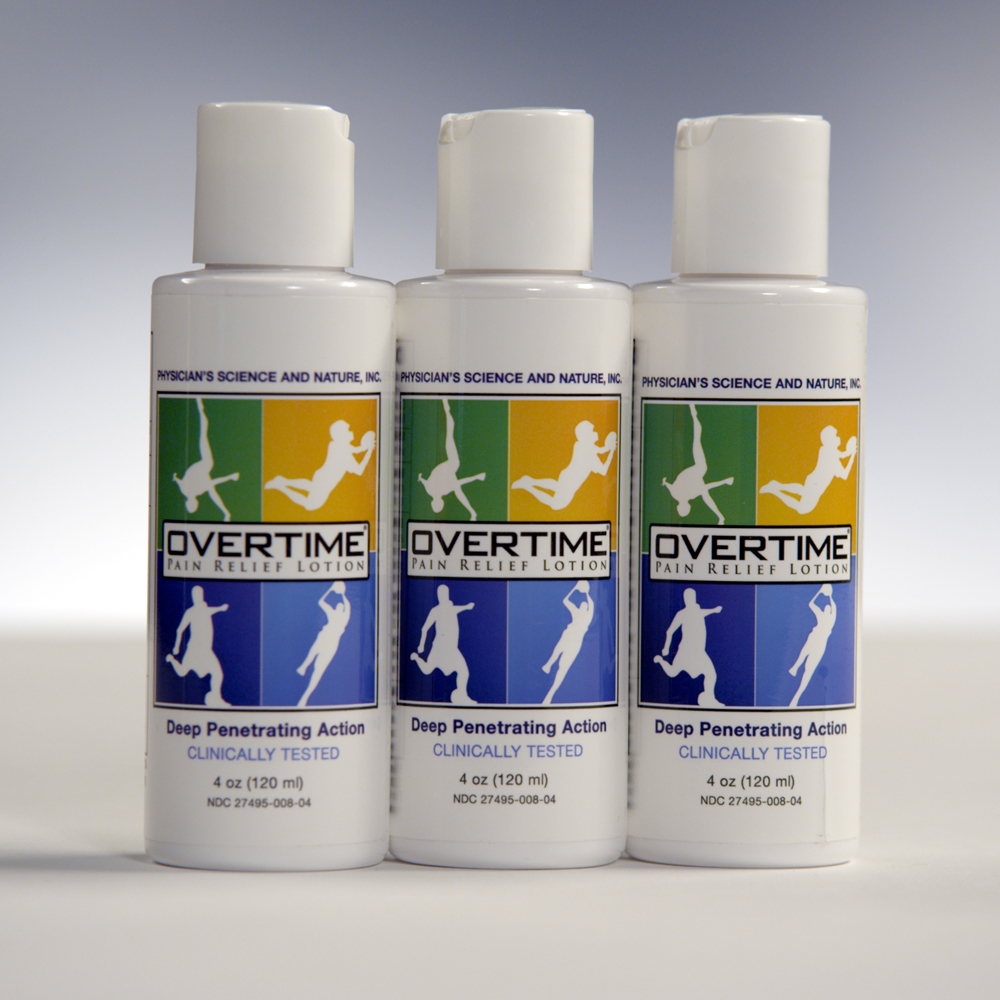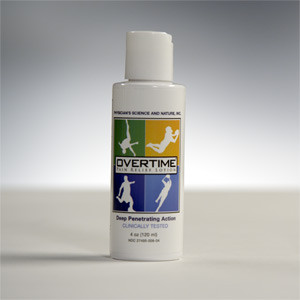What is ligament pain?
Ligaments, known as connective tissue, are very tough and fibrous tissue composed of interconnecting bands of collagen. Ligaments connect the bones and cartilage of the body serving as the “glue” to keep the body together. They form a tough capsule around the joints and, while normal ligaments are very tough, they can stretch.
Ligaments may become inflamed with excessive activity. Symptoms include pain and tenderness around the joint, swelling and sometimes bruising, pain that worsens with movements, and decreased movement in the joint.
What causes ligament pain?
Ligaments can thicken over time depending on the workload demanded of them. When they become too thick, they may interfere with other tissue such as the nerves. Sudden pulls, twists, or hyperextension of joints can injure or sprain ligaments. Severe sprain is when part of the ligament it completely torn.
Nerve impingement as a result of thickening ligaments in the spine can result in nerve damage, pain, weakness, and numbness radiating to the extremities. Carpal tunnel syndrome of the wrist is another example of pain from compression of the nerve to the hand by a too thick ligament.
Ligament injury is very common in middle-aged and overweight people who do too much at once, such as ‘weekend warriors.’ In the senior years, with proper muscle conditioning, sufferers can experience ligament atrophy, which limits mobility.
How to treat ligament pain
While most sprains heal within a few weeks, damage to tough ligament tissues may take weeks or months. As a result, sufferers may develop chronic pain and weakness in the joint and surrounding muscle tissue during recovery. Some sprains never fully recover.
Minor sprains are treated with rest, elevation of the affected joint, local ice followed by heat for 24-48 hours, and anti-inflammatory medications. Severe sprains or nerve compression may require prolonged immobilization, physical therapy, or surgery.
The standard treatments for ligament pain are over-the-counter pain medication, prescription narcotic pain medication, rest, physical therapy, and steroid injections. These treatments are typically not sufficient and, in the case of oral medication, have serious side effects such as sedation, nausea, constipation, and addiction. Extended use of over-the-counter medications, such as ibuprofen, naproxen, and acetaminophen, can cause stomach ulcers and kidney, heart, or liver failure.
Sudden severe pain, especially in the chest, arms, or head, pain associated with fever, numbness or weakness, or pain in any area of the body that does not resolve after a couple of weeks, should always be evaluated by a physician to be certain that other medical conditions, including heart disease, stroke, infections, or even cancer is not the underlying cause of pain.
Joint pain treatment alternatives
Developed by a UCLA-trained, pain specialist medical physician, Overtime Pain Relief Lotion is clinically tested, safe, and effective to reduce inflammation and help temporarily relieve minor headaches and pains from underlying muscle, arthritis, joint, neck and back pain symptoms.
The unique formula of Overtime Pain Relief Lotion combines seven natural, scientifically proven pain relieving ingredients and anti-inflammatory agents. The lotion formula penetrates deeper and faster into aching tissue for fast, long-lasting relief. No other topical pain product has been proven to be stronger than Overtime Pain Relief Lotion.
Overtime Pain Relief Lotion is an FDA registered over-the-counter product that’s available to you direct without a prescription, manufactured in the USA in an FDA-Certified Lab, and recommended by physicians across America.
Order now at no risk
Try Overtime Pain Relief Lotion for yourself and find out why nearly 90% of pain sufferers who use our pain cream ask for more again and again. With our 30-day money-back guarantee, you’ve got little to lose, except your pain.


